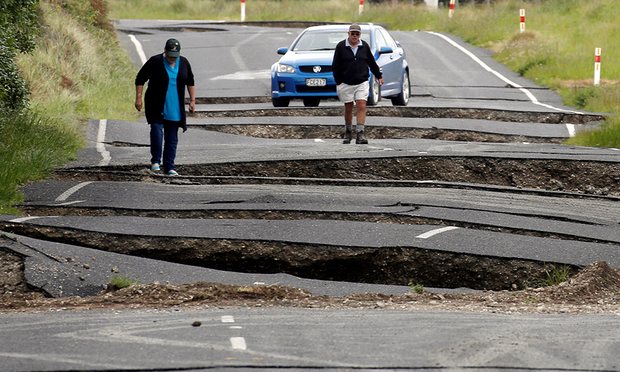
On Thursday, New Zealand’s Kermadec Islands were hit by an earthquake of magnitude 7.4 on the Richter scale. A warning of hazardous tsunami waves within 300km (186 miles) of the epicentre was issued within minutes. However, the alert was later downgraded with no tsunami threat for New Zealand or Australia. The country’s National Emergency Management Agency (NEMA) tweeted saying that the possibility of this triggering a tsunami was unlikely.
This earthquake, which has been dubbed the June 18 quake, has been measured to have an impact of up to a depth of 10 kilometres. This was preceded by a similar quake of 5.1 magnitude off the Bay of Plenty about 5.30 am on Tuesday.
Earthquakes with magnitudes between 6.5 and 7.5, like the one that occurred south of New Zealand, generally do not produce destructive tsunamis, the United States Geological Survey states, but “small sea-level changes might be observed in the vicinity of the epicentre.” Due to this, people have been instructed to stay out of the water, fearing strong currents.
A lot of people living along the coast have come out in condemnation of the delay in response with respect to the Tsunami warning, saying that by the time the NEMA had issued the warning to not venture into the sea, it would have been too late, had there been a tsunami.




